Antelopes are fascinating creatures. They inhabit various regions across Africa and Asia. Some species stand out due to their rarity and unique characteristics. This article explores some of the rarest and most unusual antelope species in the world. From their origins to distinctive features, we uncover what makes these antelopes truly special.
Hirola Antelope
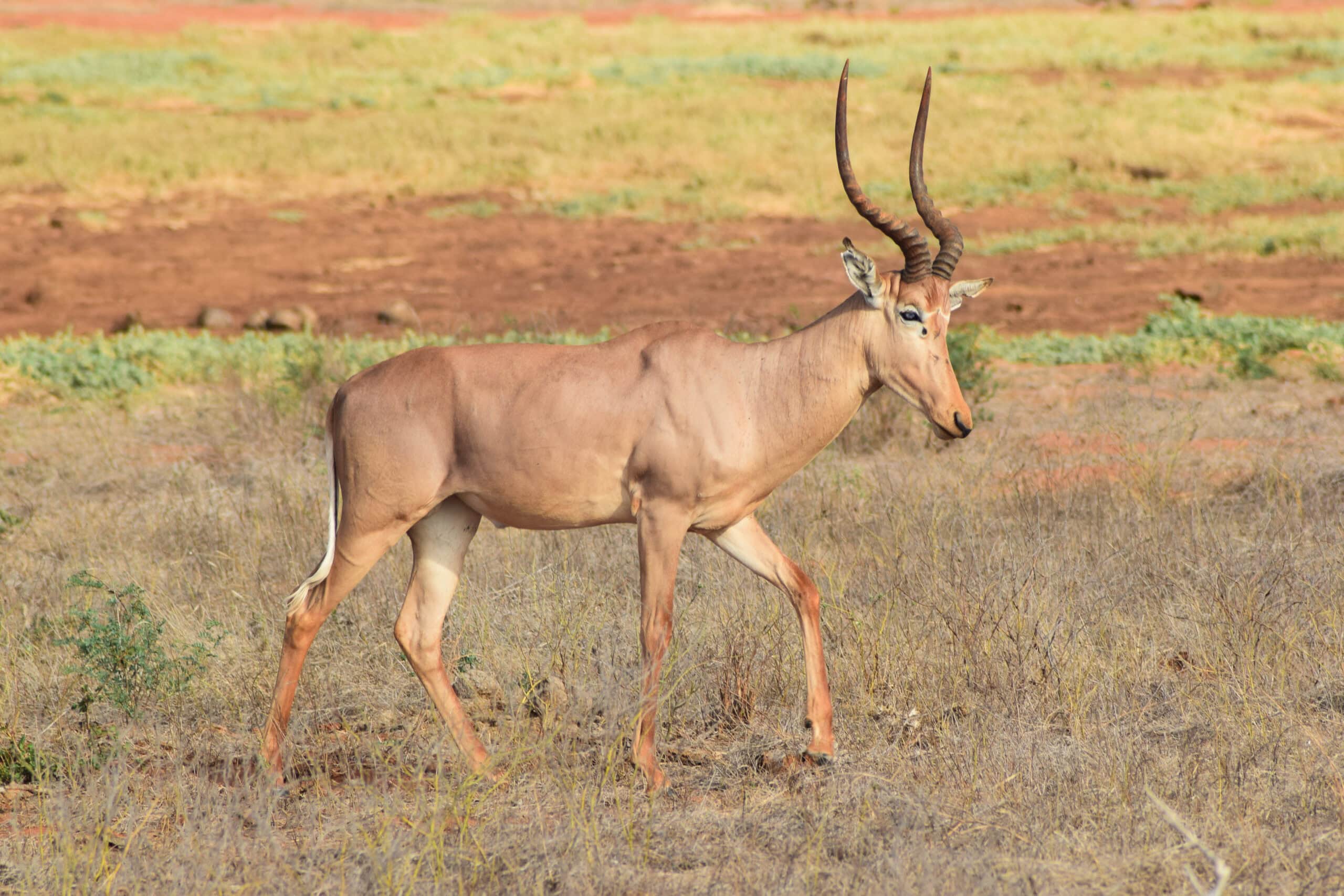
The Hirola Antelope, also known as Hunter’s Hartebeest, is the rarest antelope species. Originating from the border region between Kenya and Somalia, they inhabit arid and semi-arid grasslands. They have a distinct, narrow face with white spectacles around their eyes. Hirola Antelopes are critically endangered, with fewer than 500 individuals remaining in the wild. Conservation efforts are crucial to protect this rare species from extinction.
Saiga Antelope

The Saiga Antelope is known for its unique, bulbous nose. Native to the steppes of Central Asia, they are adapted to harsh climates. Their large, humped noses filter dust and cool the air they breathe. Saiga populations have drastically declined due to poaching and disease, with conservation efforts ongoing. They are a critically endangered species, emphasizing the need for protective measures.
Sable Antelope
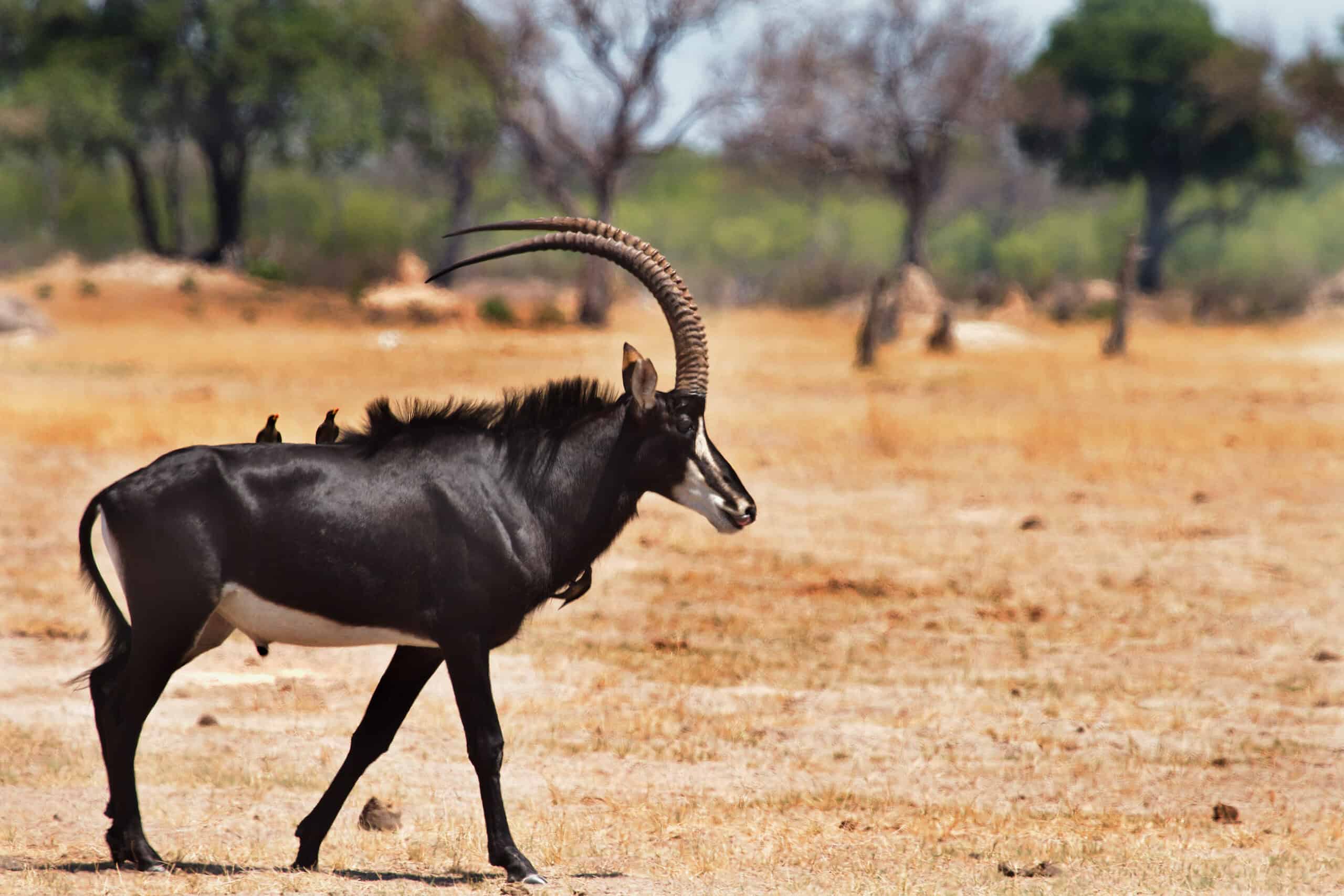
Sable Antelopes are strikingly beautiful with their glossy black coats and long, curved horns. They are native to the savannas of Eastern and Southern Africa. Males are darker, often jet black, while females are chestnut brown. These antelopes are known for their territorial behavior and aggressive nature. Though their population is stable, habitat loss poses a threat.
Bongo Antelope
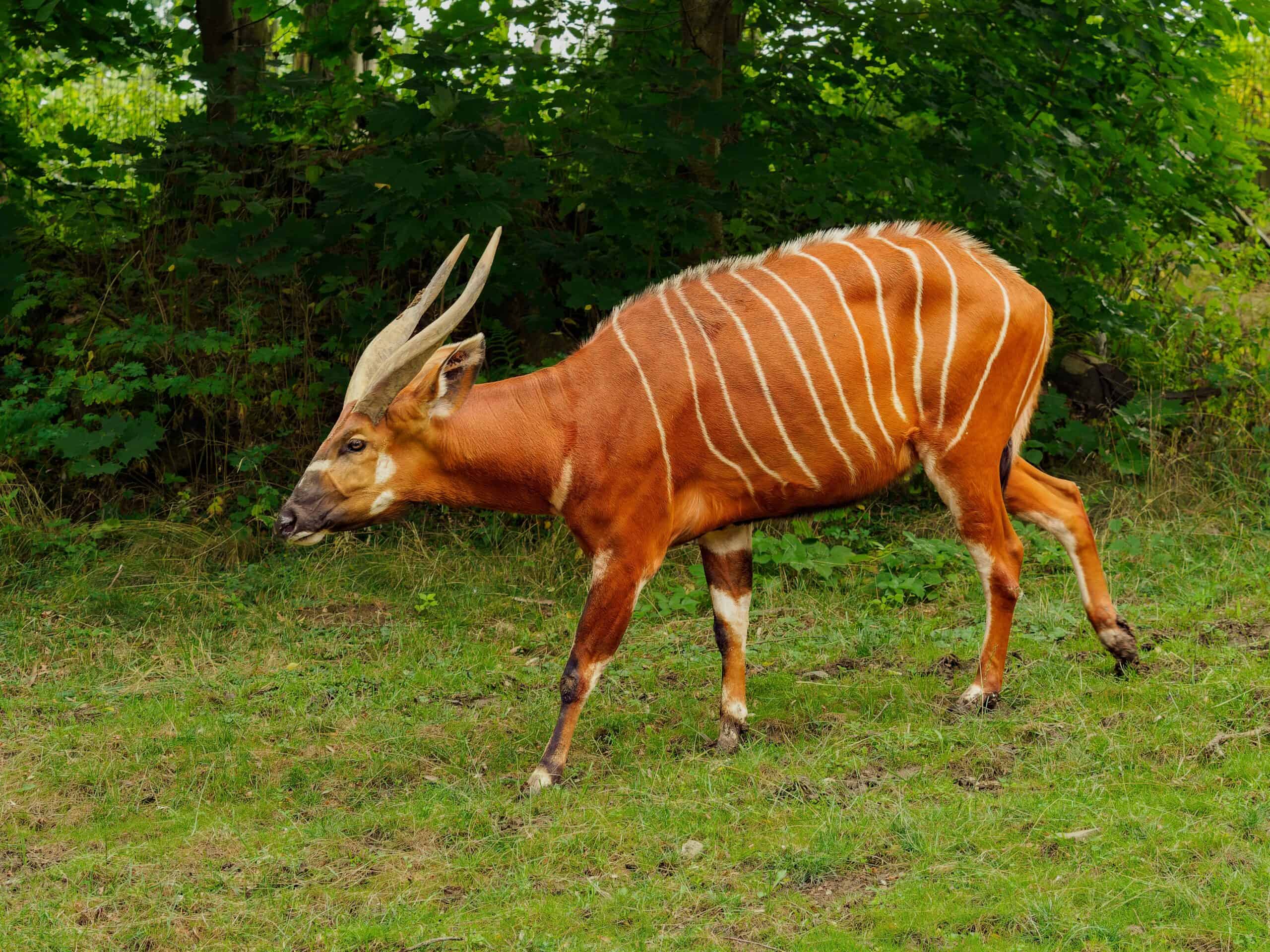
The Bongo Antelope is a large, forest-dwelling species with distinctive orange coats and white stripes. Found in Central Africa’s rainforests, they are elusive and rarely seen. Both males and females have spiral horns, which is uncommon among antelopes. Bongo populations are decreasing due to habitat destruction and hunting. Efforts are being made to protect their dwindling numbers.
Nyala Antelope
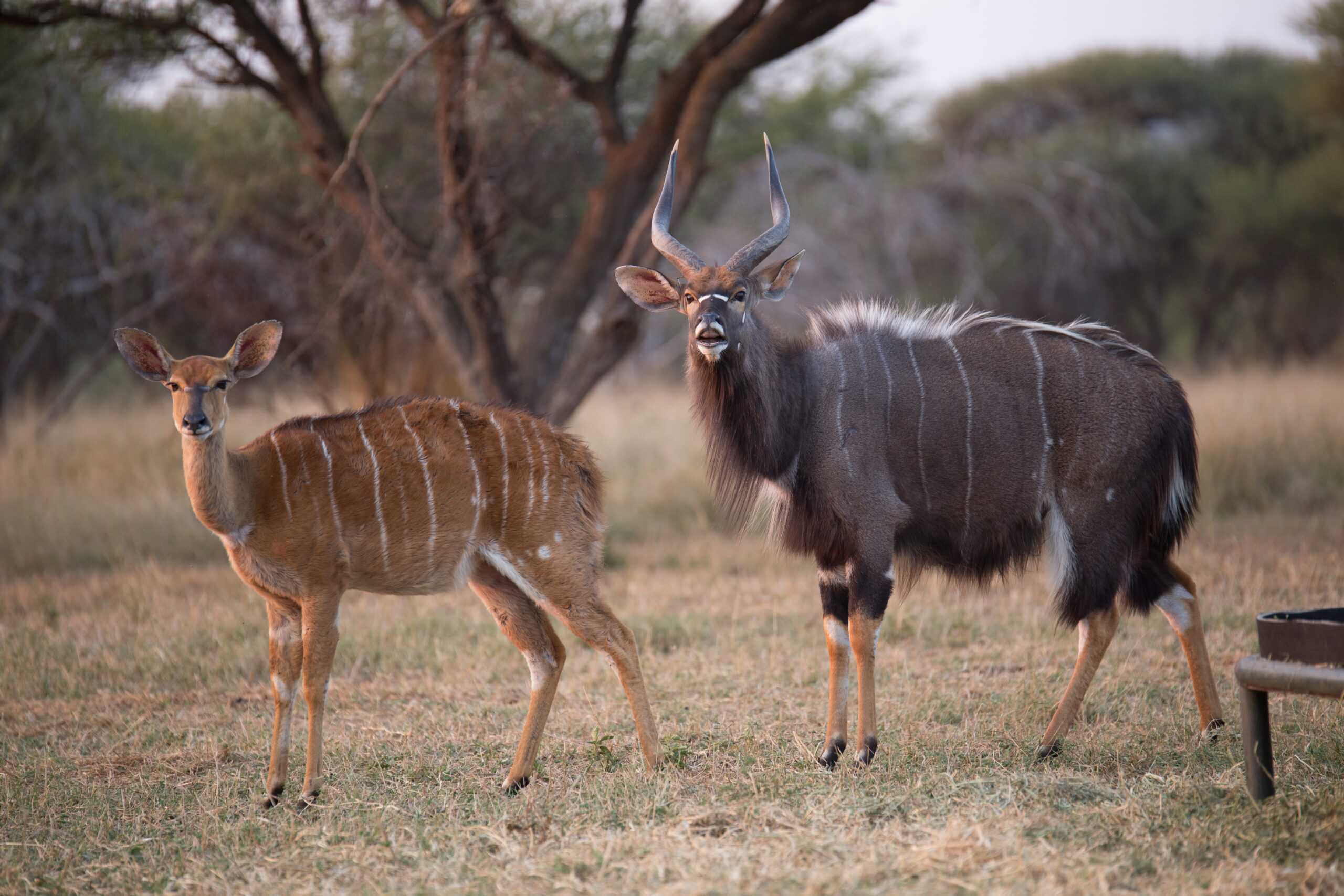
Nyala Antelopes are medium-sized antelopes with striking sexual dimorphism. Males have dark, shaggy coats and twisted horns, while females are reddish-brown without horns. They are native to Southern Africa’s woodlands and dense thickets. Nyala are known for their shy and secretive nature, often hiding in dense vegetation. Their population is stable, but habitat encroachment remains a concern.
Addax Antelope
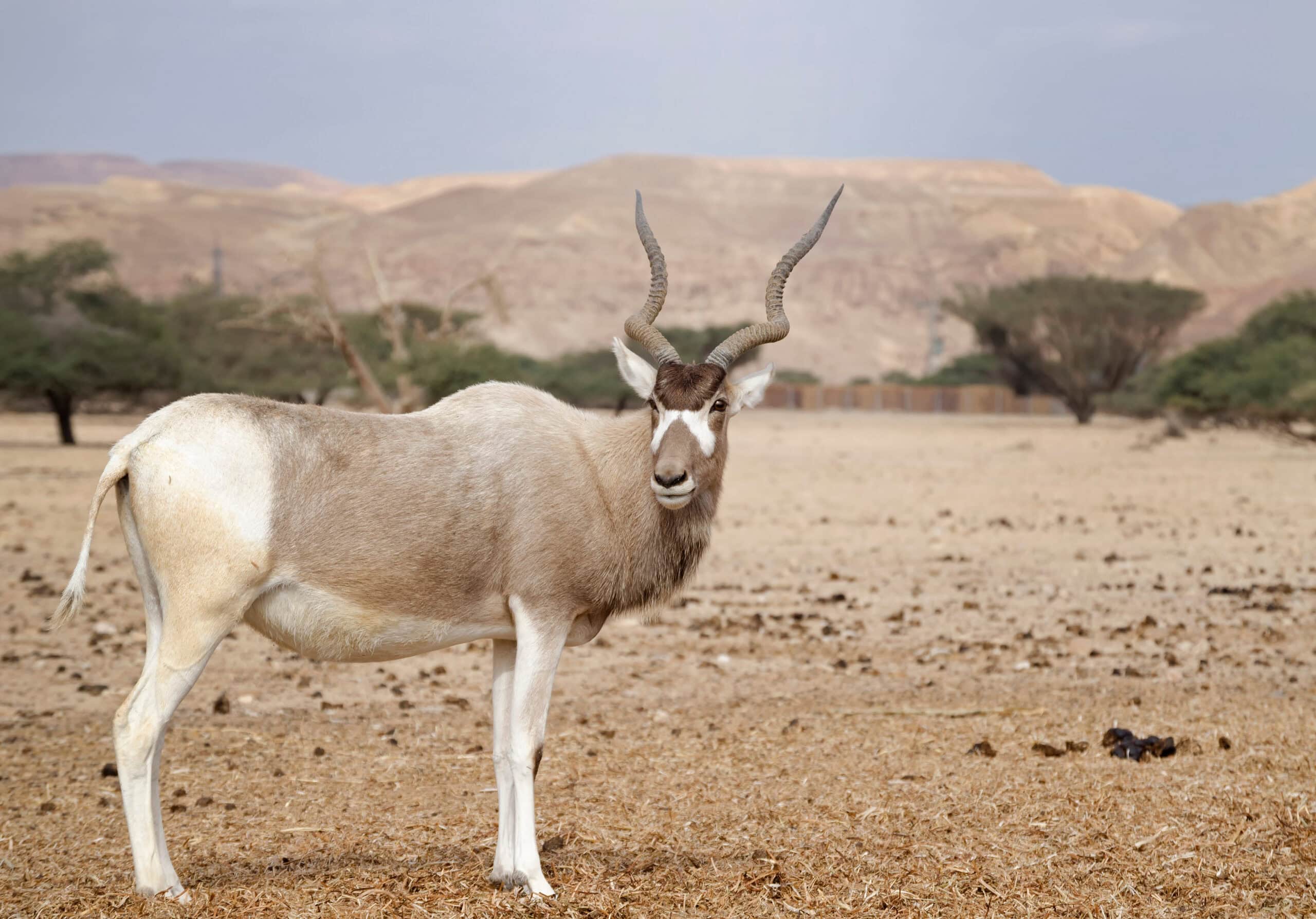
The Addax Antelope, also known as the white antelope, is perfectly adapted to desert life. They inhabit the Sahara Desert and are characterized by their long, twisted horns and pale coats. Addax can go long periods without water, deriving moisture from the plants they eat. They are critically endangered, with fewer than 100 individuals left in the wild. Conservation programs aim to reintroduce them to their natural habitats.
Arabian Oryx
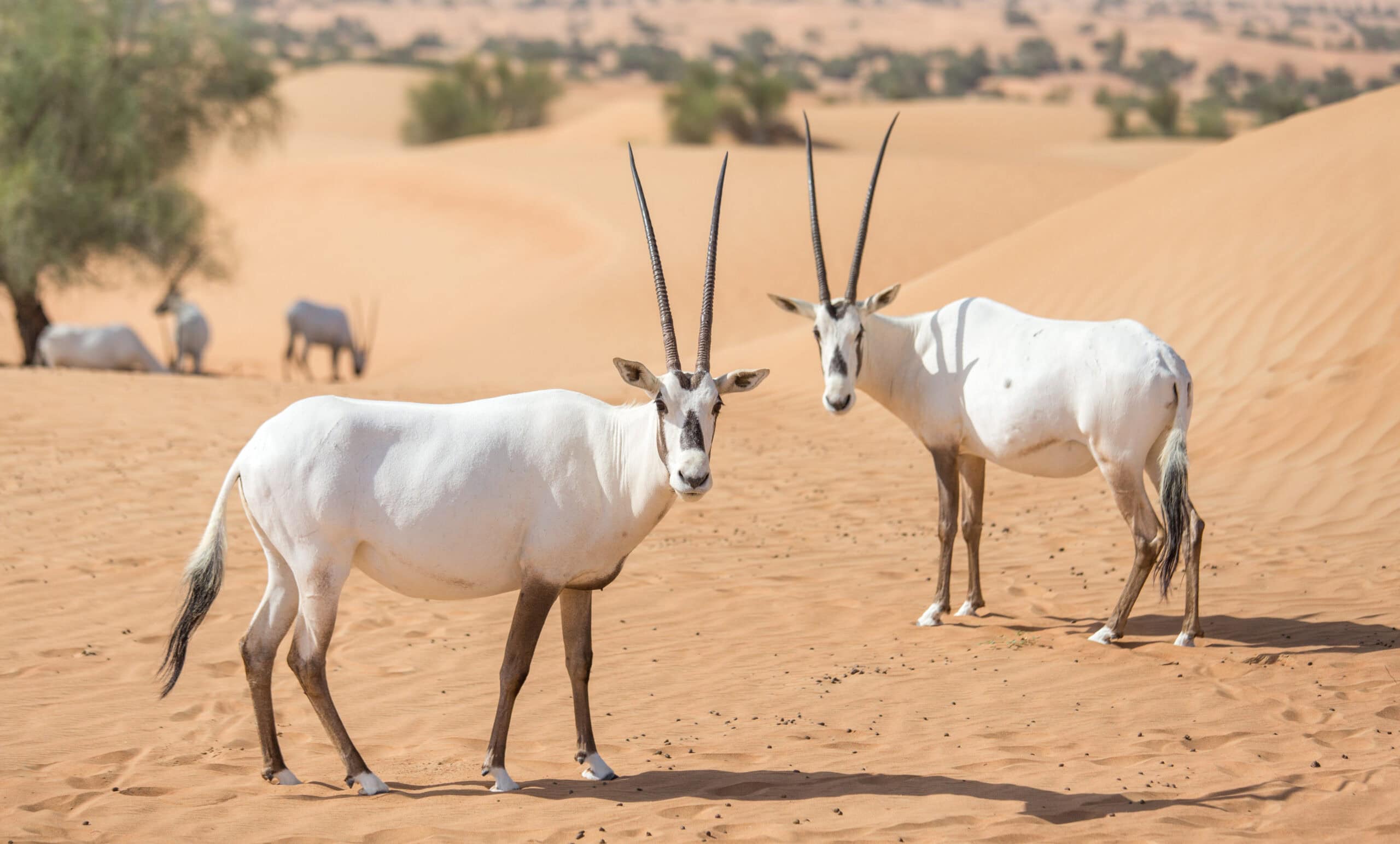
The Arabian Oryx is a symbol of desert resilience. They are native to the Arabian Peninsula’s arid regions. These antelopes have striking white coats and long, straight horns. Arabian Oryx were once extinct in the wild but have been successfully reintroduced through conservation efforts. Their populations are now recovering, though they remain vulnerable.
Dibatag (Clarke’s Gazelle)
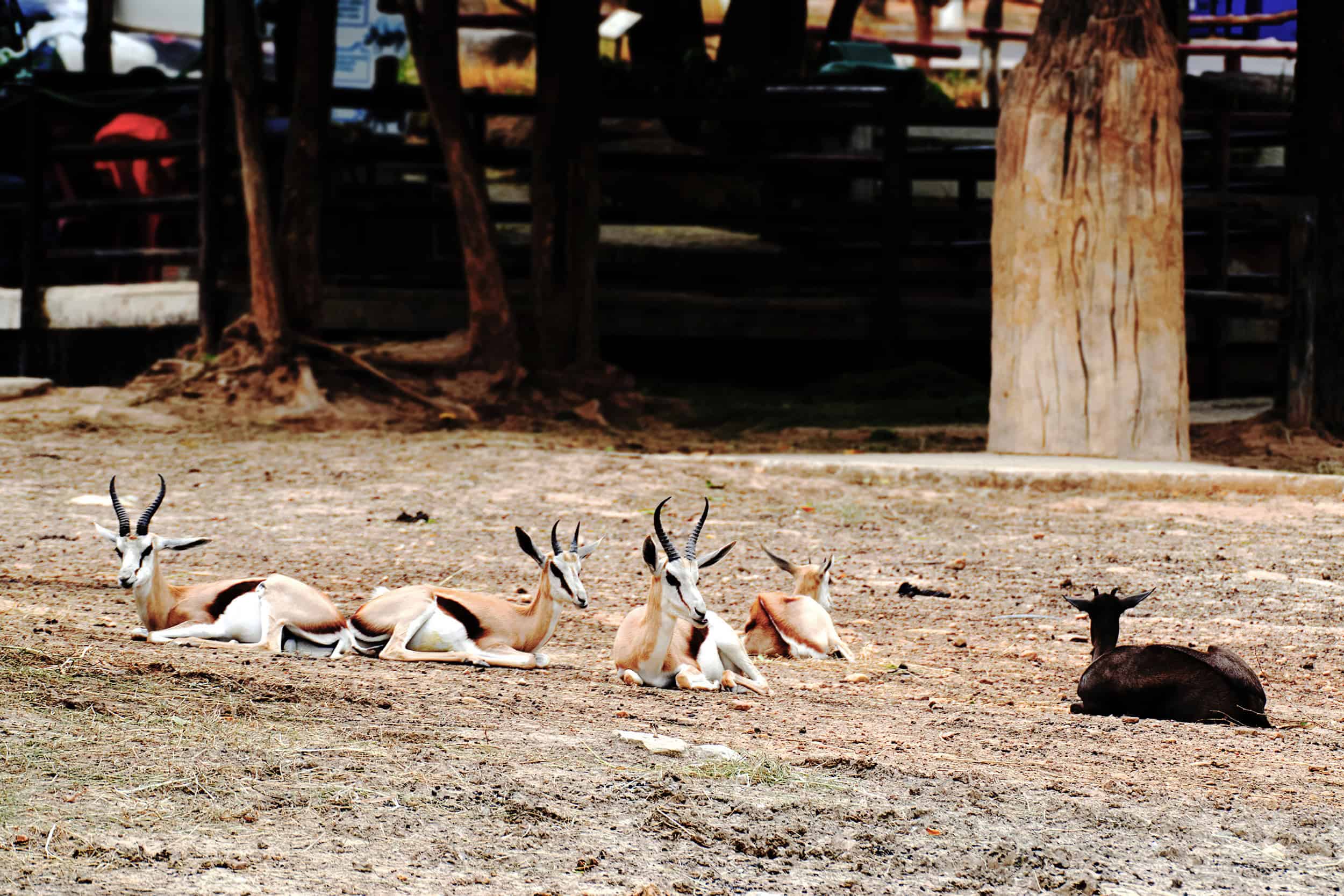
The Dibatag, or Clarke’s Gazelle, is a slender, long-necked antelope. Found in the arid regions of Somalia and Ethiopia, they are known for their unique posture and graceful appearance. Dibatag have distinctive markings with a black stripe running down their sides. Their population is small and fragmented, making them a vulnerable species. Habitat loss and hunting pose significant threats.
Tibetan Antelope (Chiru)
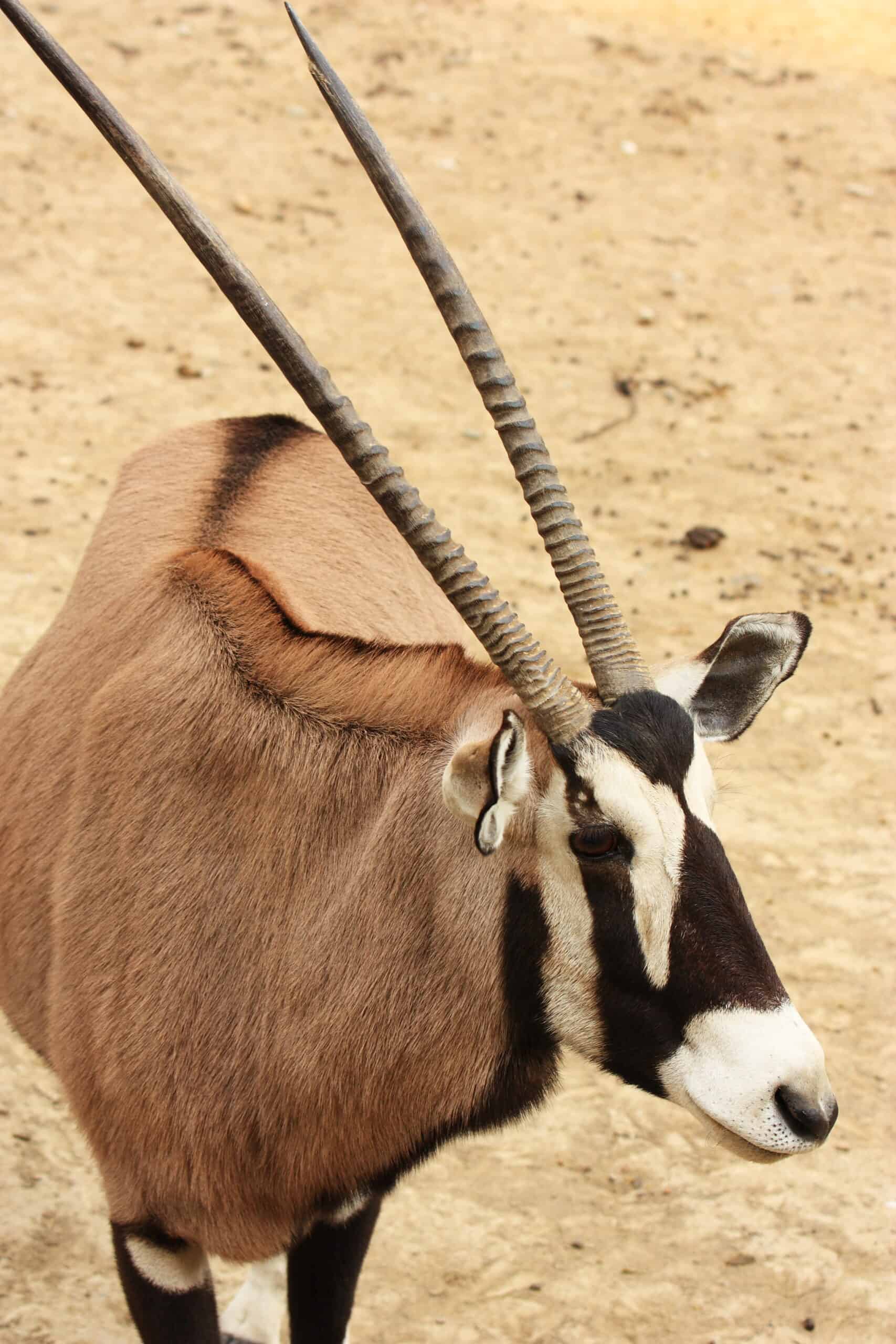
The Tibetan Antelope, also known as Chiru, is native to the high plains of the Tibetan Plateau. They are adapted to cold, harsh environments with their dense woolly coats. Chiru are known for their distinctive, slender, backward-curving horns. Their population has drastically declined due to poaching for their wool, known as shahtoosh. Conservation efforts are in place to protect this endangered species.
Black-Faced Impala
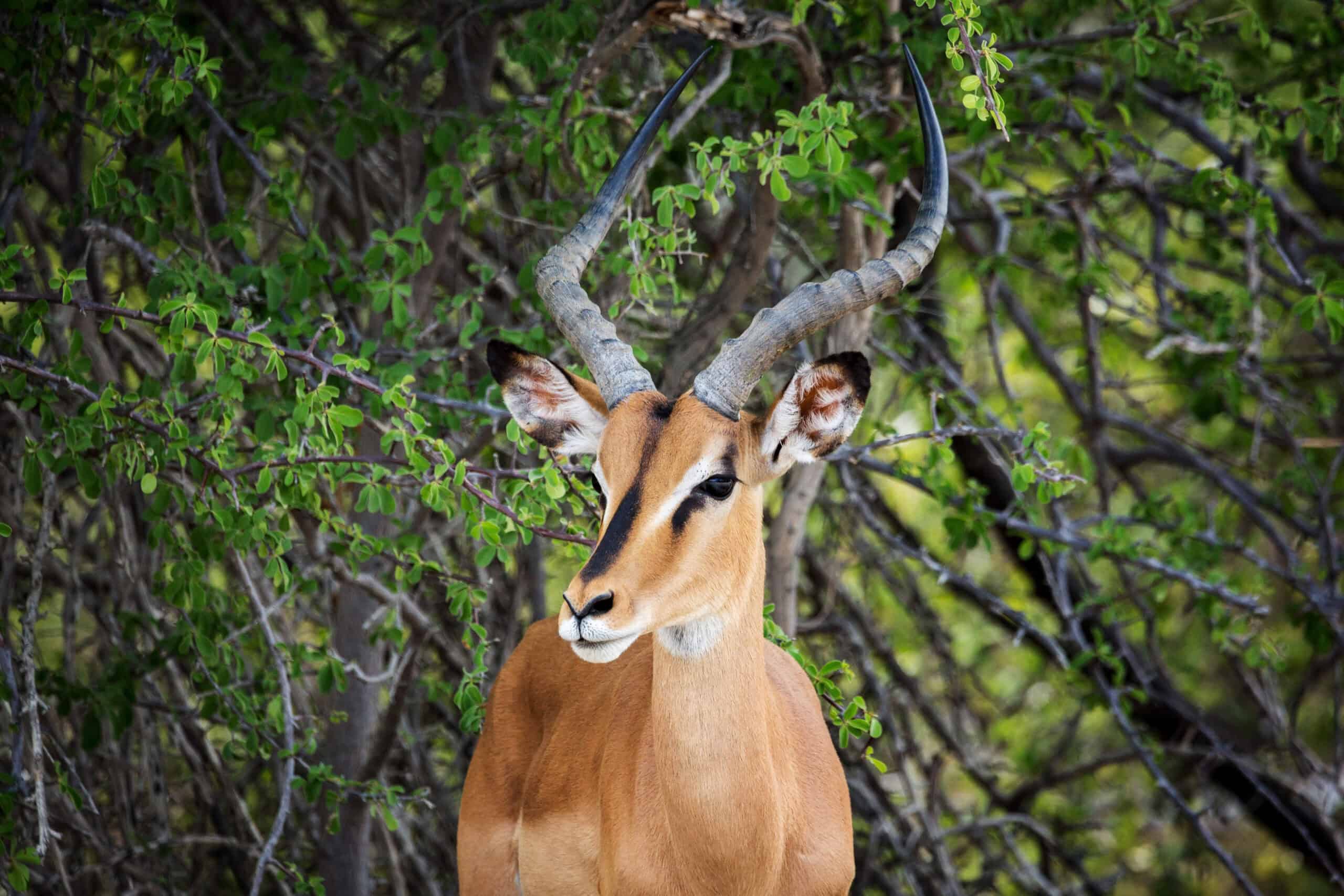
The Black-Faced Impala is a rare subspecies found in Angola and Namibia. They are distinguished by their black facial markings and long, slender legs. Unlike other impalas, they have a black stripe running down their faces. The population of Black-Faced Impalas is limited, making them vulnerable to habitat loss and poaching. Conservation programs aim to increase their numbers and protect their habitat.
Bontebok
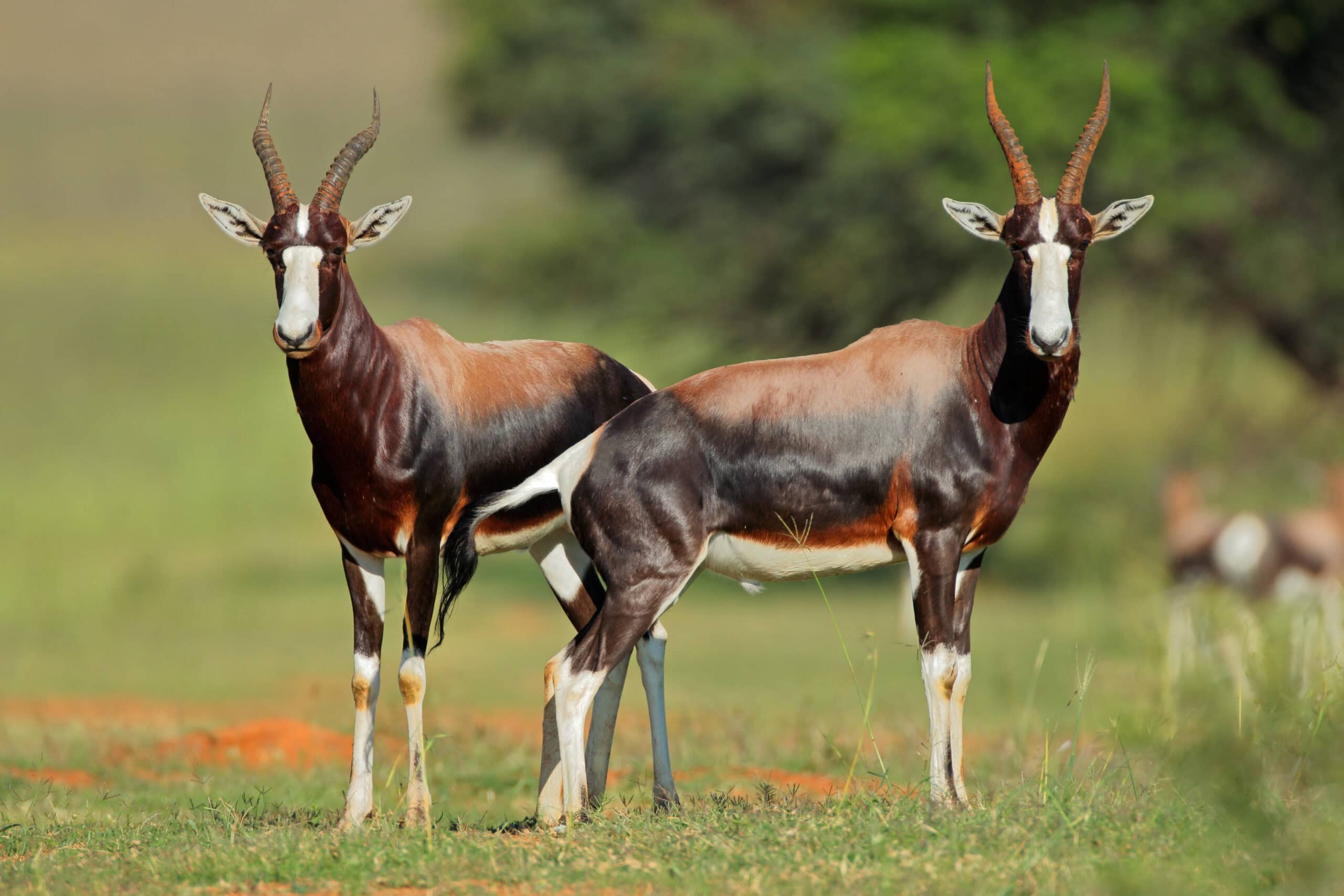
Bonteboks are native to South Africa’s coastal plains and are known for their striking appearance. They have a rich brown coat with a distinctive white blaze on their faces. These antelopes were once nearly extinct, with only 17 individuals left in the wild. Thanks to conservation efforts, their population has rebounded, though they remain reliant on protected reserves.
Lesser Kudu
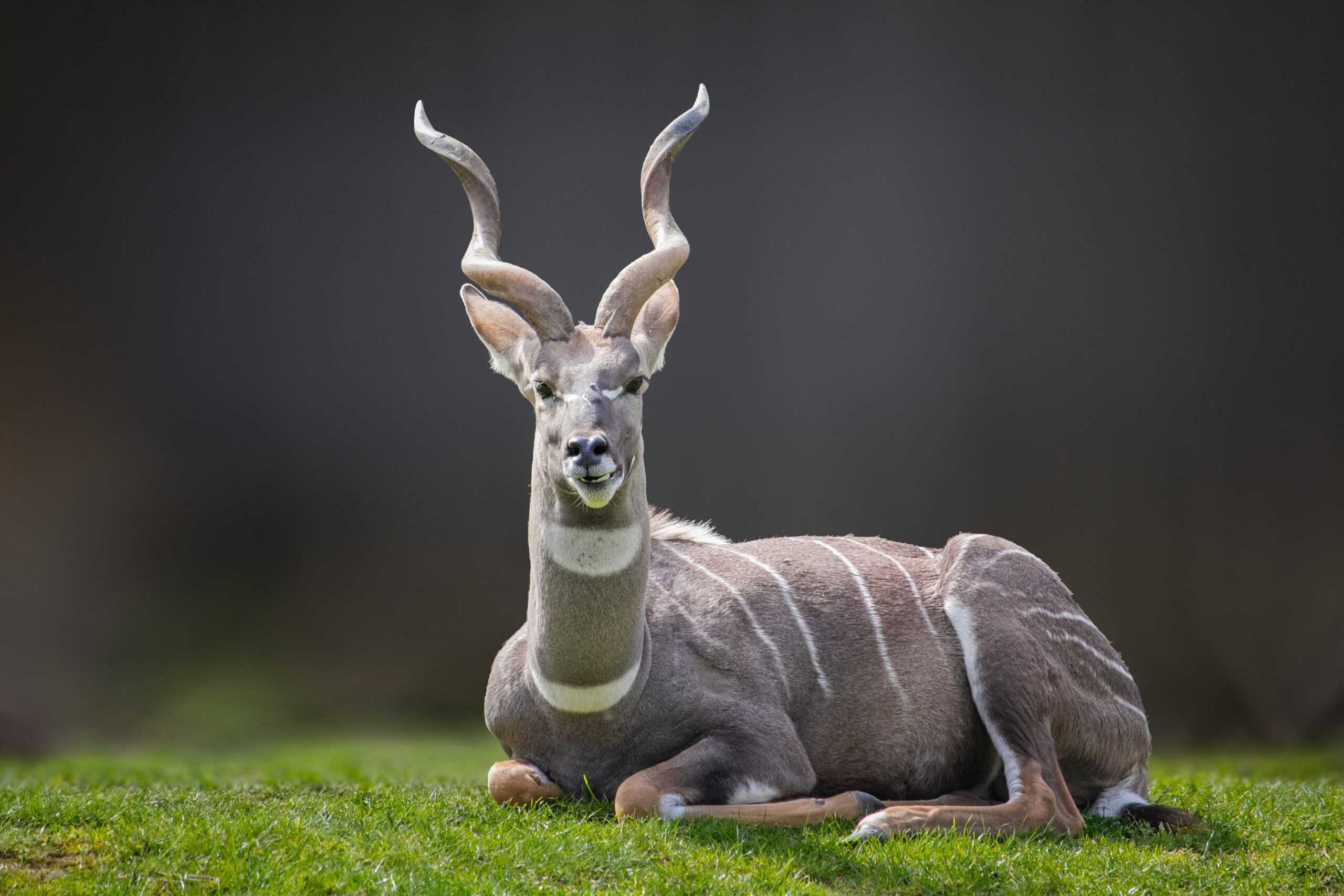
Lesser Kudus are graceful antelopes found in the woodlands and scrublands of East Africa. They are known for their striking white stripes and spiral horns. Males have impressive horns, while females are hornless. Lesser Kudus are shy and elusive, often hiding in dense vegetation. Their populations are stable but face threats from habitat loss and hunting.
Gerenuk
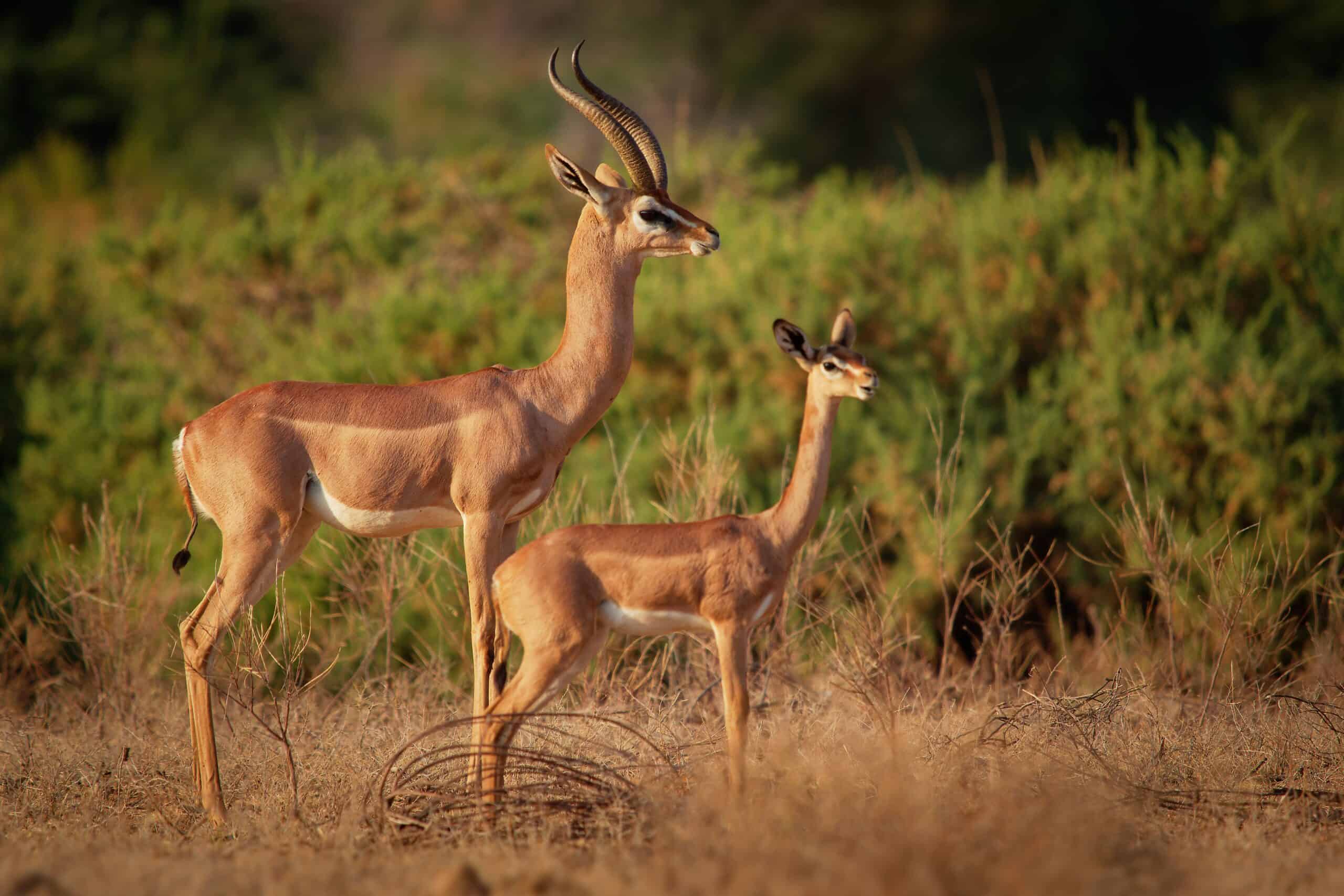
Gerenuks, also known as giraffe gazelles, are native to the dry bushlands of East Africa. They have long necks and slender legs, allowing them to browse on high foliage. Gerenuks are unique in their ability to stand on their hind legs to reach leaves. Their population is stable, but habitat destruction poses a threat. They are known for their graceful, almost deer-like appearance.
Four-Horned Antelope (Chousingha)
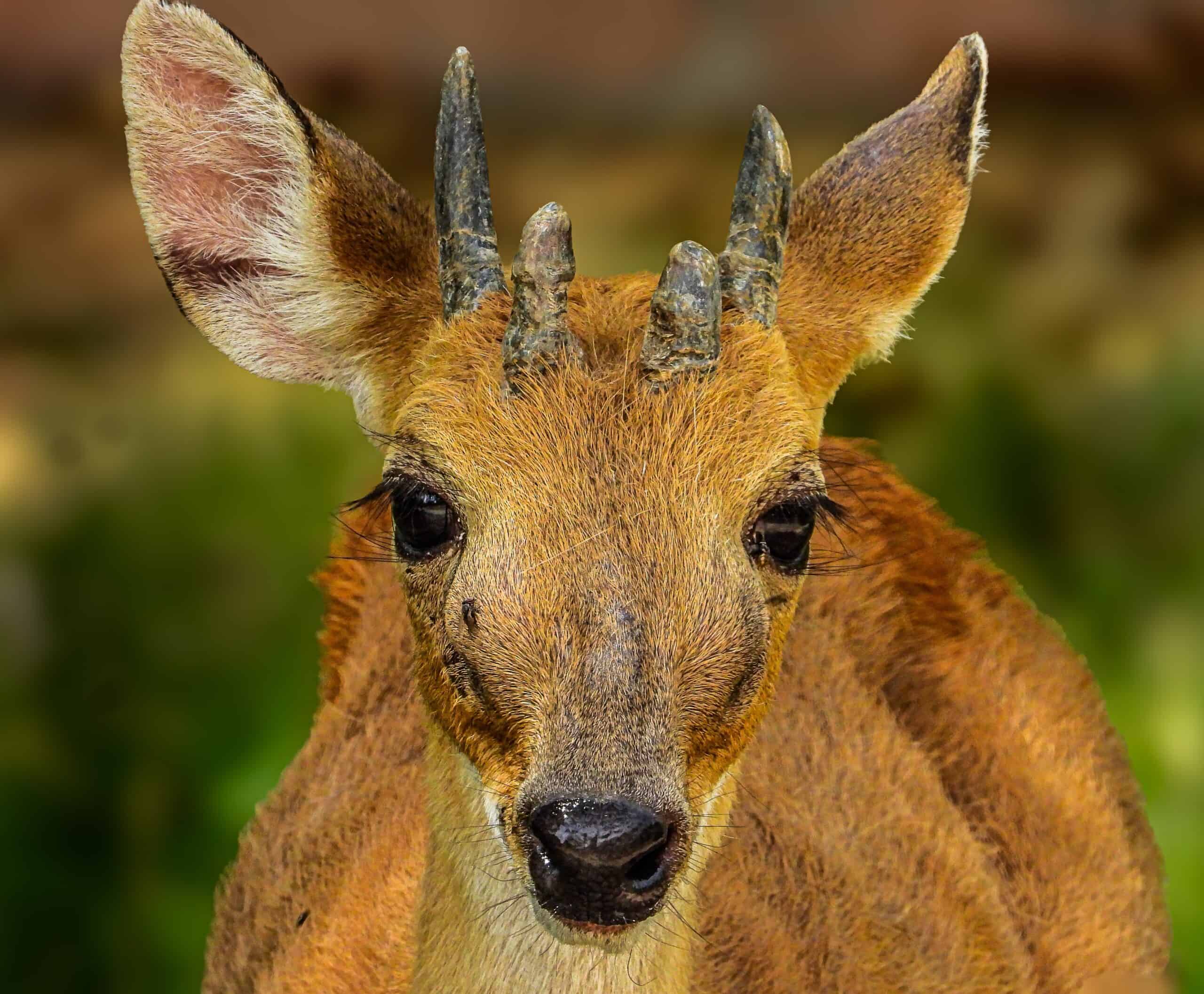
The Four-Horned Antelope, or Chousingha, is native to the forested areas of India and Nepal. They are unique among antelopes, having four horns instead of the usual two. Males possess two small, conical horns and two larger, backward-curving horns. Their population is stable but fragmented, facing threats from habitat loss and hunting. They are shy and elusive, often hiding in dense underbrush.
Dama Gazelle
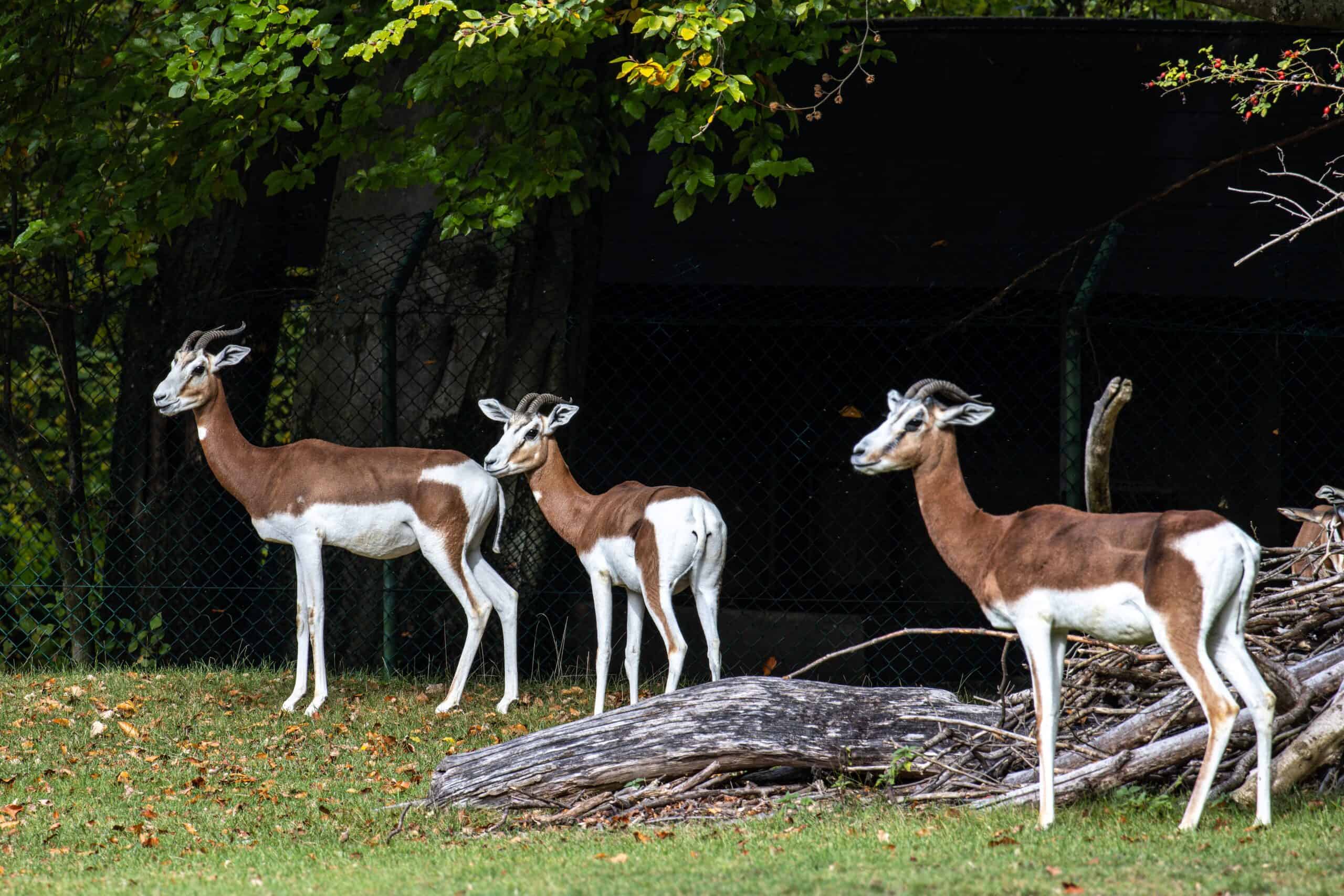
The Dama Gazelle is one of the largest and most endangered gazelles. Native to the Sahara Desert and Sahel regions, they have striking white bodies with reddish-brown necks. Dama Gazelles are adapted to arid environments, able to survive long periods without water. Their population has plummeted due to hunting and habitat destruction, with fewer than 500 individuals remaining in the wild. Conservation efforts are critical for their survival.
This article originally appeared on Rarest.org.
More from Rarest.org
The 10 Most Expensive Celebrity-Owned Items Ever Sold

Celebrities often own unique and valuable items. When these items go up for sale, they can fetch staggering prices. Read More.
The 14 Most Coveted Vintage Motorcycles and Their Value
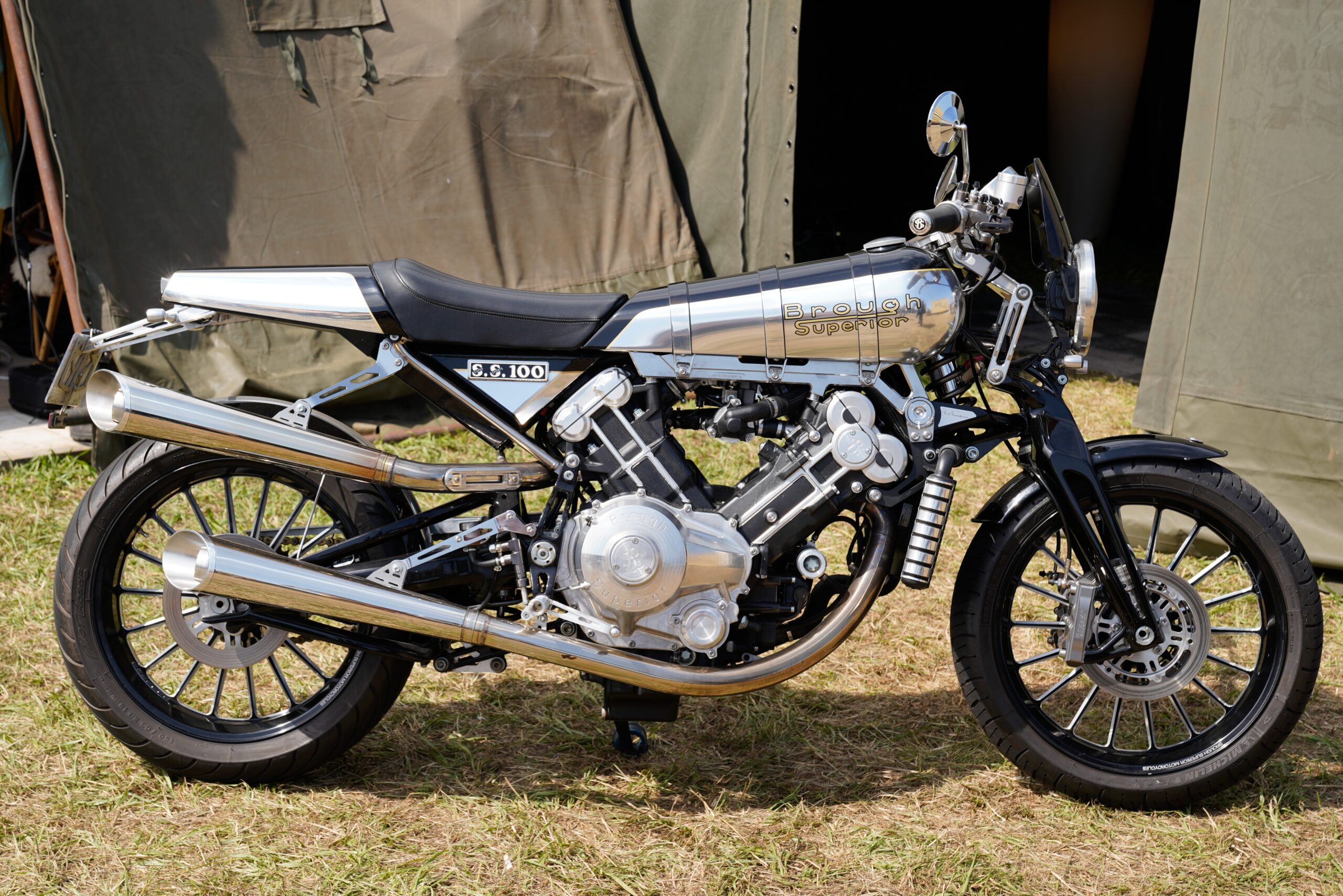
Vintage motorcycles hold a special place in the hearts of enthusiasts and collectors. These bikes are not only prized for their history but also for their unique designs and engineering feats. Read More.
1977 Kennedy Half Dollar Value Guide
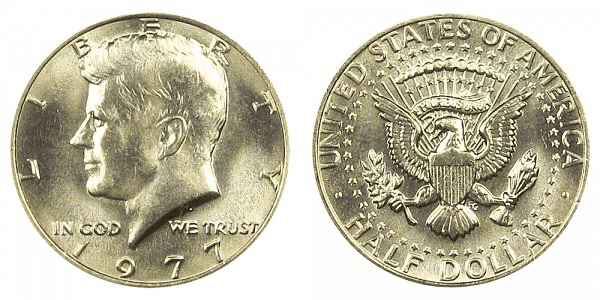
The Kennedy Half Dollar, one of the most well-known and cherished coins honouring one of the most revered US presidents—John F. Kennedy—is preserved by both collectors and non-collectors. Read More.
